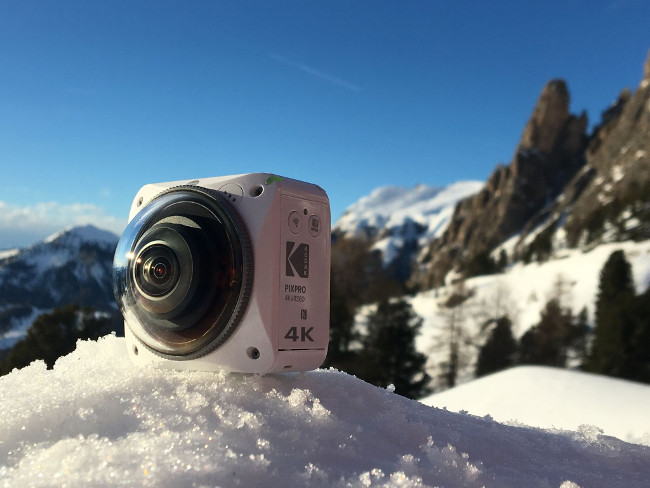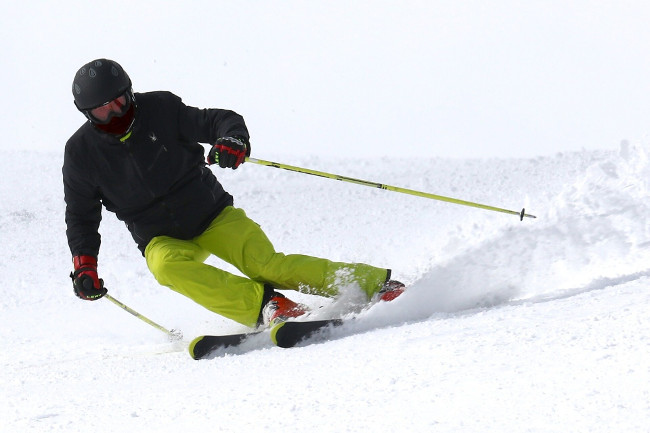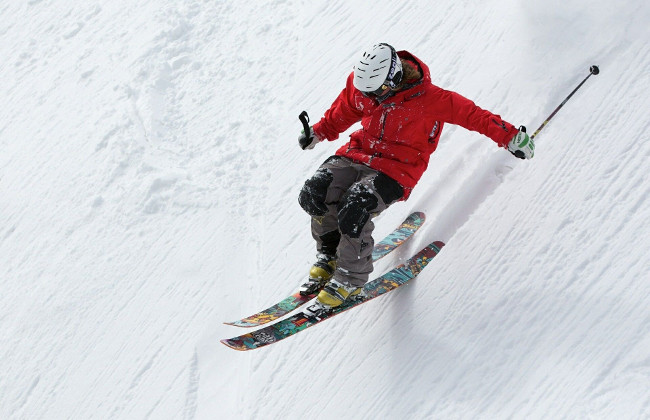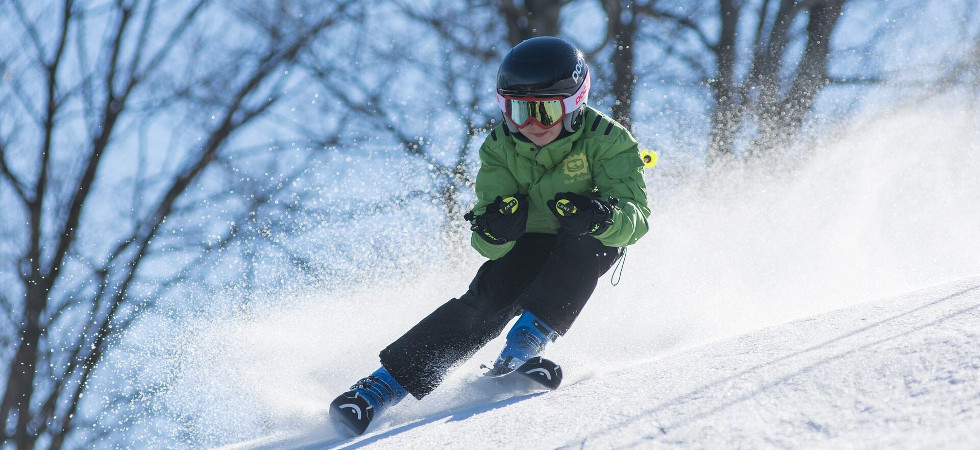From picking the correct settings to selecting the right mount for the terrain, we take a look at eight ways to record lasting good times on the slopes.
Skiing and boarding have never been so popular, and with peak season upon us, as well as plenty of sporting excitement fresh in the memory, the time is now. Capturing your on-piste mini-break or off-piste touring extravaganza is almost expected these days, and the latest generation of action cameras make shooting incredible quality, 360-degree perspective, 4K video simplicity itself. Just charge them up, slot in a microSD and you’re all set.
However, although shooting bad video is easy, creating beautiful video is also well within reach, with just a few simple tips:

1) Pick your mount
There’s hundreds of mounts on the market, but for skiing you’ll want either a helmet mount (on the side, not on top, please) or a chest mount. Either option puts you in the centre of the action, and won’t get in the way of your day – try shooting at 1080p at 60fps in Wide mode or similar, with stabilisation turned on. Chest or helmet mounts are ideal for less confident skiers too, for the same reason. For keen boarders, a selfie-stick is the best choice as you’ll catch all the action and can switch between following or leading in seconds.
2) Choose your shot
It’s tricky getting the right angle, and even harder to stick to your line once you’ve picked it, what with all the excitement and concentration on the mountain. A top tip when shooting others is to aim to get their hips in the centre of the shot. This gives you plenty of room for error, and hopefully frames them neatly most of the time. Trying to be too BBC documentary will end up with you just capturing lots of empty shots of sky and fir trees.
3) Get right down
The standing shot is long dead – if you want to shoot arresting images and video then you need to change the viewer’s perspective. Crouching down or lowering the camera immediately creates that interest, and makes even the most mundane piste seem far more dramatic. You’ll fit in more of that amazing scenery too!

4) Choose your terrain
Speaking of scenery, make sure you’ve thought about the background to a shot, as a dull, monotonous background can kill the most exciting of snow stunts. It’s worth bearing in mind what your subject is wearing, as a similar colour will blend into the surroundings and look drab.
5) 4K – but not to the max
Ultra-high res action cameras are awesome beasts, capable of recording pin-sharp footage at enormous speeds and every detail of a scene. However, bear in mind that shooting in 4K all the time will limit battery life and devour memory cards, so use it sparingly. It’s worth considering the ultimate destination of your video too – a quick YouTube or Facebook clip in 720p resolution can be uploaded over mobile networks while you’re enjoying après ski, but a full memory card of 4K will take quite a while longer to edit and upload.
6) Look to the sun
The position of the sun will have an enormous impact on the quality of your video, all the more so when you’re surrounded by light-reflective snow. Keeping the sun to your side will display the texture of the slope as the shadows lengthen throughout the day, creating a much more interesting scene.

7) When to Slo-Mo
Shooting at super-high frame rates means slowing down a jump or trick can make it look amazing, but it’s a gambit best used sparingly. It’s terrible for point-of-view angles, for example, but brilliant when the camera is positioned near the ground to film a trick.
8) Steady there
Wobbly footage that makes the viewer feel sea-sick is annoying at best, but there are plenty of ways to minimise it. If possible, rest the camera on a solid object, such as a ski-pole. Another technique is to use a selfie-stick with a loose grip, allowing your body to soak up some of the movement. If you really need super-slick shots then you might want to consider a gimbal mount, but these can get costly for the best models.
This article was kindly submitted by Mariame Cisse, EMEA Marketing Director at JK Imaging Ltd, which manufactures Kodak Pixpro’s range of action cameras.






















